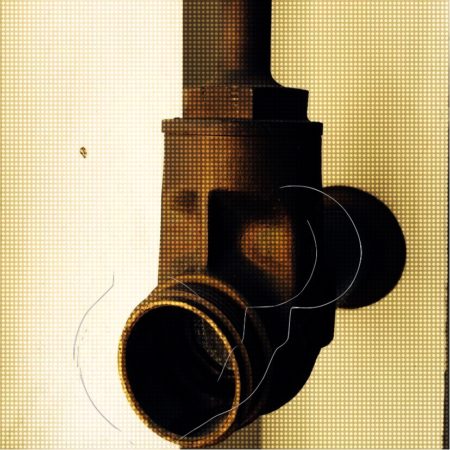
Pareidolia (water pipe). Photo, creative direction, and digital editing by a_nose_knows for Tobali Iron Wind.
As the world is boiling and times grow insecure, life has paradoxically slowed down a little for all of us dwelling indoors and– unless you shop online to keep yourself sane–we’ve all become more utilitarian than ever. I’ll steer away from calling this good or bad; I’ve lived through penury so I’m no stranger to hoarding, particularly of items dearly longed for in my tender Communist years (peanuts (which I don’t eat, but have to have), Scotch tape, and Nivea blue tins (don’t ask)). But I’ll say this: I have not paid this much attention to my things since childhood, when I had to prep for each school year by cleaning, sanding, and filling with ink my only one, trusted, tip-molded-to-my-hand fountain pen.
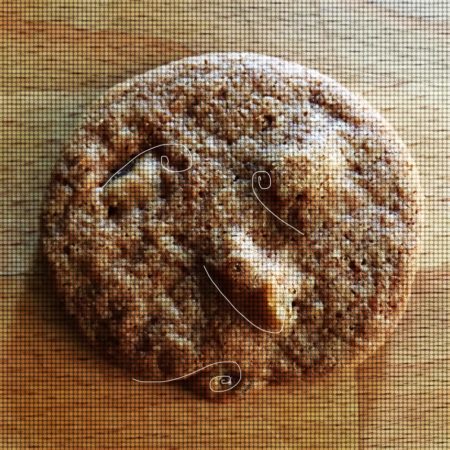
Pareidolia (cookie). Photo, creative direction, and digital editing by a_nose_knows for Tobali Iron Wind.
I never gave it a name or a story, as others did with their things; nor did I see it as more than an object-albeit prized, and thoroughly mine as it was; but animism didn’t hit far and many, if not all the other kids poor in things but rich in thought had imagined, at least once, their possessions come alive. Coming straight from Latin, (anima= “breath, spirit, life”), animism is the belief that objects, places and creatures all possess a distinct spiritual essence. There’s an animated (so to speak, given all these guys are respectfully dead) dispute as for where animism starts: Jean Piaget (psychologist) thought that children are born with an innate animist worldview, while Margaret Mead (cultural anthropologist) argued the exact opposite: kids are not born with an animist worldview, but we all become acculturated to such beliefs as we are educated by society.
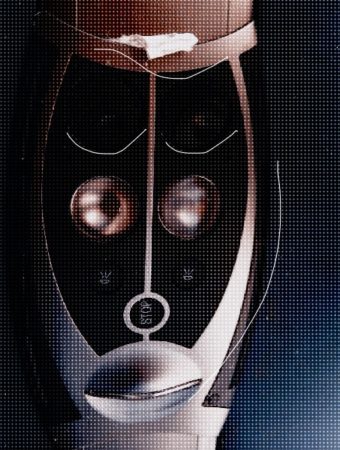
But where, exactly, DOES society expose us to such follies? Why, EVERYWHERE.
Think contemporary trends like Toy Story or Kondo-izing your home while you pay respects to the discarded objects; think pareidolia (the newly-named ability of some people to see faces in inanimate objects or patterns); think modern literature like Borges’ Dagger; think adhoc meanings, like a family’s lucky heirloom…they’re all over, these anmimism touchpoints; but nowhere more predilect, perhaps, than in two, seldomly touching, extremes: sex and spirituality.
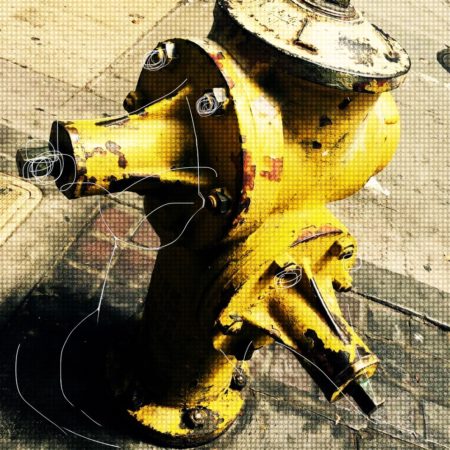
Pareidolia (double-faced hydrant). Photo, creative direction, and digital editing by a_nose_knows for Tobali Iron Wind.
Lacrimae rerum (Latin): phrase for “tears of things.” It derives from Book I, line 462 of the Aeneid, by Roman poet Virgil and implies the (vague) possibility that objects can retain and re-express anguish and sorrow.

Pareidolia (steam pattern on a shower curtain). Photo, creative direction, and digital editing by a_nose_knows for Tobali Iron Wind.
Kami (Japanese) refers to being (which is the state of everything that is), or to the essence of existence. Everything contains kami, but only those objects or things that show their essence in an awe-inspiring, particularly striking way are referred to as kami- a rock which is very, well, rocky; a patch of grass that is the epitome of grassyness; a drop of water comprising anything one can say about the liquid nature.
The Maori communities of New Zealand acknowledge that carving wood or stone to create art entails violence against the wood-or stone-person, and that the personhood of the said piece needs to be respected during the artistic process, which is essentially not about creating a decoration, but rather a transformation of different persons within a human-object relationship.\
Tsukumogami (Japanese): an object (mostly a tool, or something useful and often handled with care and with purpose) that has reached its 100th birthday and became self-aware!
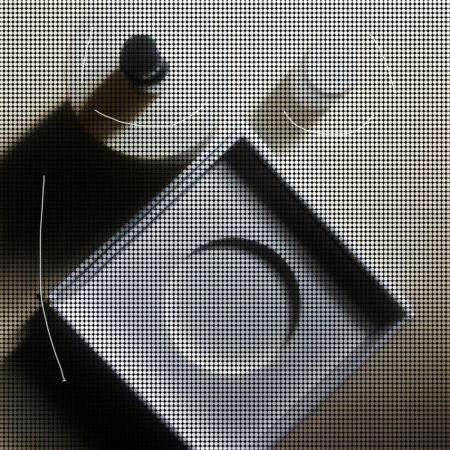
Pareidolia (Iron Wind bottle and packaging). Photo, creative direction, and digital editing by a_nose_knows for Tobali Iron Wind.
Tobali Iron Wind replicates, to me, the process of animation- a repetition of fact, an agglutination of movements, a gradual learning of all detailing, a smoothing of edges; a study of usure not unlike some of the principles of shibui (simplicity, implicity, everydayness, and silence). Surprising for such a minimalist style, Iron Wind develops—much like a tsukumogami tool—not in 3 stages, but 4: the opening is sparkling and new, blinding, and a bit cold (peppers, cloves, leaves); the productive phase is warm and smooth, flowing perfectly in sinuous arcs (iris, saffron, metal, pulp); the third age is slower and lower, slightly off-unison, with heavier breaths and deeper meanings (cedar, smoke, and cuminy body odours); the revival is personal and esoteric, post-materialistic, and ego-less (oudh, sandalwood). Like a tool shaped by, and only perfect for, its master.
Official notes: saffron, clove, cumin, iris, violet leaves, ambrette seed, iron, cedarwood, incense, Hidden Japonism 834 accord
Other perceived notes: pink pepper, sandalwood, vanilla, frankincense, persimmon
Disclaimer: Tobali Iron Wind provided for review, and opinions are my own. Thank you so much.
– dana sandu, Editor
Editor’s Note: dana has done us proud with two 2020 Perfumed Plume Finalists for Visualization of Perfume Stories for CaFleureBon and one Instapost finalist for a_nose_nose. Please congratulate her.
Thanks to the generosity Europerfumes, we have a 50 ml tester of Tobali Iron Wind in the USA only for one registered reader(you must register on our site or your comment will not count) of Tobali Iron Wind. To be eligible, please tell us what you enjoyed or found interesting about dana’s review of Tobali Iron Wind. Draw closes 3/29/2020
Europerfumes.com is still shipping in the USA bringing you perfume. Their brands and site is here
This is our Privacy and Draw Rules Policy
Available at AEDES Perfumery
Follow us on Instagram @cafleurebon @a_nose_knows @tobali_official @official_europerfumes
We announce the winners only on our site and on our Facebook page, so like Çafleurebon and use our blog feed…or your dream prize will be just spilled perfume.
